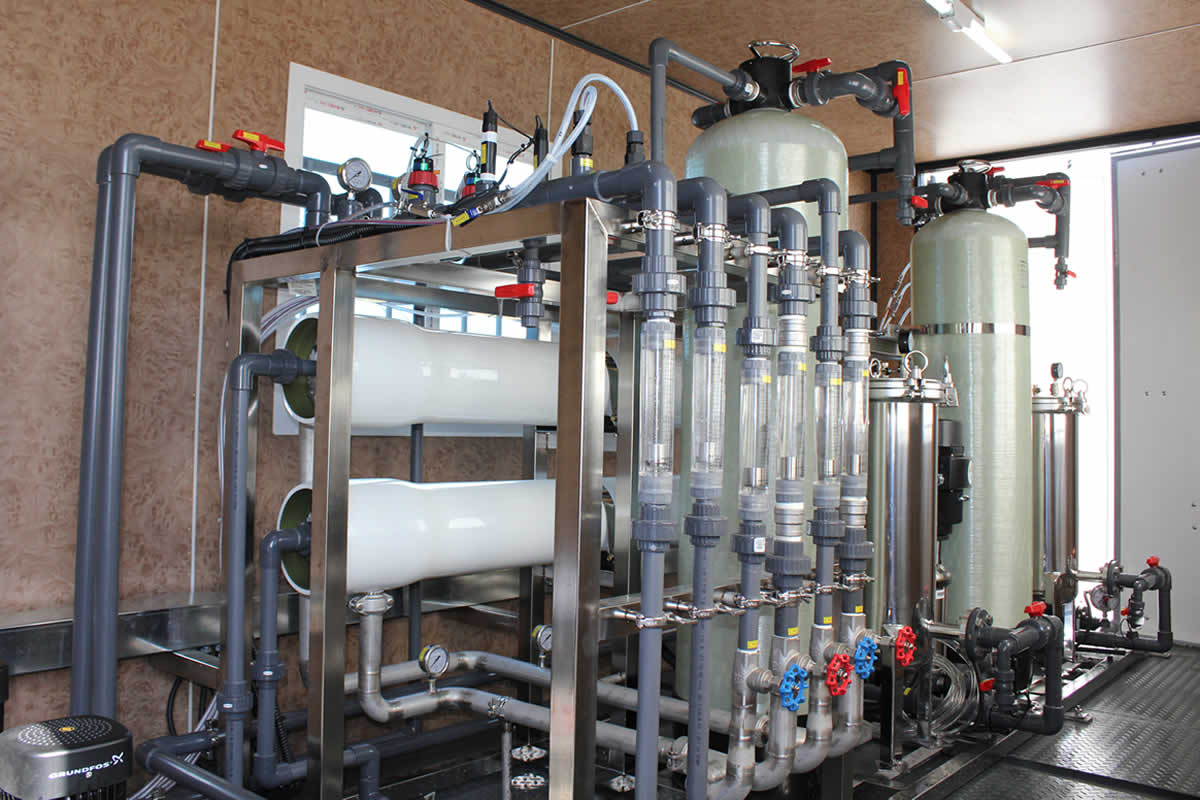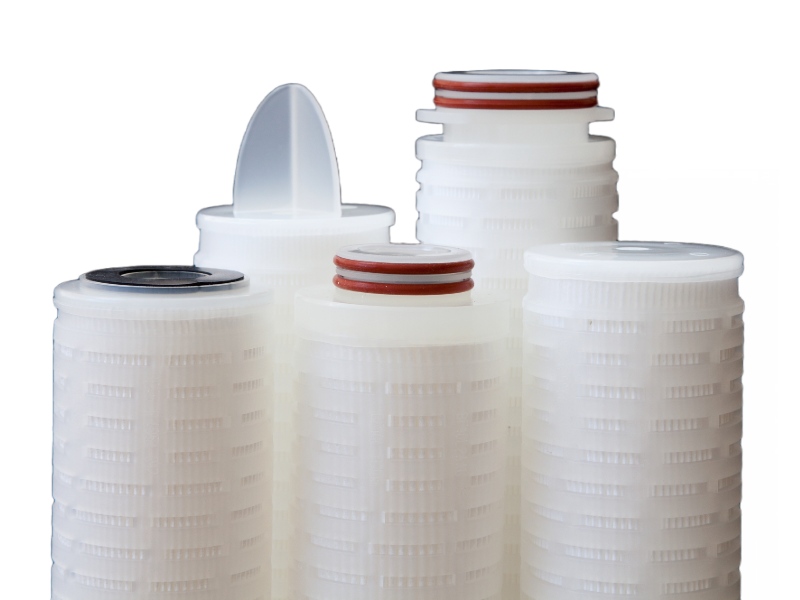Prefiltration: What Options Are Available?
Used in many processes from water treatment, food & beverage applications, to pharmaceuticals, we explore the most commonly used types of prefiltration filters.
The different types of cartridge filters used in prefiltration.
Prefiltration is a necessity in continuously operating filtration systems, such as in water treatment for residential and factory supply or industrial processes, in food and beverage applications, or in batch applications where the end user cannot afford the final filter to block before the end of a batch, such as pharmaceuticals or ophthalmics.
The choice of prefiltration cartridge will depend on factors such as the size and type of particles to be removed, flow rate, and the nature of the fluid being filtered.
Here are the most common options:
- Depth Filtration Cartridges: Depth filtration cartridges, also known as melt-blown or spun filters, consist of multiple layers of filter media, which trap particles as the fluid passes through. They are effective at removing a wide range of particle sizes and are commonly used for applications where the contamination profile is unknown or changes. Utilised as initial prefilters, these products offer an economical means of particle removal from fluid streams, enhancing the effectiveness of all further downstream filtration.
Melt-blown and spun are manufacturing techniques employed to attach polypropylene (PP) or polyester (PE) fibres onto a filter core. Through these processes, polymer fibres are blown or spun in a way that generates a dense network of material. They are typically 10,000 microns (10mm) thick and effective at capturing a range of both large and small particles.
The broad range of chemical compatibility of polypropylene (PP) allows wide applicability, but for high temperature use and viscous liquid use then polyester (PE) variants are the better choice. - Pleated Cartridges: Pleated cartridges have a larger surface area compared to depth filtration cartridges, which allows for higher flow rates and longer service life. They are most effectively used in applications where the contamination profile is known and constant. They are used in applications where higher flow rates combined with high filtration efficiency are required to reduce processing times or initial capital cost in food and beverage, water treatment and pharmaceuticals.
Available in either polypropylene (PP) or glass fibre (GF) medias. They are typically 1,000 microns (1mm) thick. Glass fibre (GF) has far superior flow characteristics and dirt holding capacity which reduces initial capital and ongoing filtration costs but limited chemical compatibility. Therefore, glass fibre (GF) is used with aqueous solutions, such as mineral water, soft drinks, main water and biological solutions. And polypropylene (PP) is used in challenging liquids, chemicals and ultrapure water. - Membrane Prefiltration Cartridges: Membrane prefiltration cartridges use a membrane to primarily remove microorganisms from fluids but will also remove small particulate contamination. These prefilter by reducing the contamination loading onto the final membrane filter, extending the service life.
A microporous synthetic semi permeable structure manufactured from PES, Nylon, PTFE, and Cellulose that is used to reduce or completely remove microorganisms or bacteria from a fluid. Typically, these are 100 microns thick. The key feature of these membranes is their porosity, with countless microscopic pores, millions per cm2 of membrane, which enables high fluid flux rates and fluid flows.
Membranes are selected based on available pore size range, fluid flowrates, chemical compatibility, thermal stability and mechanical strength. PES membranes are the dominant choice in liquid applications, and PTFE in gaseous applications.
- Hybrid cartridges: A hybrid pleated depth filter was developed to retain contaminants that are not solid particles and could not fully be retained by a pleated depth filter. In specific applications, contaminants are gelatinous, extrudable, or colloidal. The thicker pleated media (3-5,000 microns (3-5 mm)) offers the retention required without loss of service life.
Some of these hybrids are made solely from polypropylene (PP), while others combine glass fibre (GF) and polypropylene (PP) to improve the service life due to the dirt holding capacity of glass fibre (GF) medias compared to polypropylene (PP). Another feature that should be highlighted is that often these cartridges are not given a specific micron rating and are given grades instead. That is because their retention is based upon the thickness of the media rather than its ability to remove regular solid particles, which tests to determine micron ratings use. - Carbon Prefiltration Cartridges: Carbon prefiltration cartridges contain activated carbon that adsorb organic compounds, chlorine, and other contaminants from fluids. They are commonly used on incoming water in the beverage industry so that they do not impact the flavour or appearance of the product, but also to provide consistency of initial product water. In water treatment carbon filters are key to maintaining the service life of reverse osmosis membranes. Without these filters service life and performance would be dramatically decreased.
- High-Flow Cartridges: High-flow format prefiltration cartridges are designed for applications that require very high flow rates, such as industrial processes or large-scale water treatment. They are larger versions of the pleated cartridges discussed in 2. above, and features mentioned there apply similarly to high-flow format.
It's essential for end users to consult with filtration experts or manufacturers to determine the most suitable prefiltration cartridge for their specific needs, as the choice can significantly impact system performance, service life, and ongoing annual running costs.
Here at Porefilter, we live and breathe filters. So If you'd like a no-obligation quote, where we guarantee to save you to 15% off you current filtration spend, or you'd just like some advice on how you could cut your filtration costs, then give us a call or send us an email, we'd be happy to help
PoreFiltration – Making your filtration systems work harder





